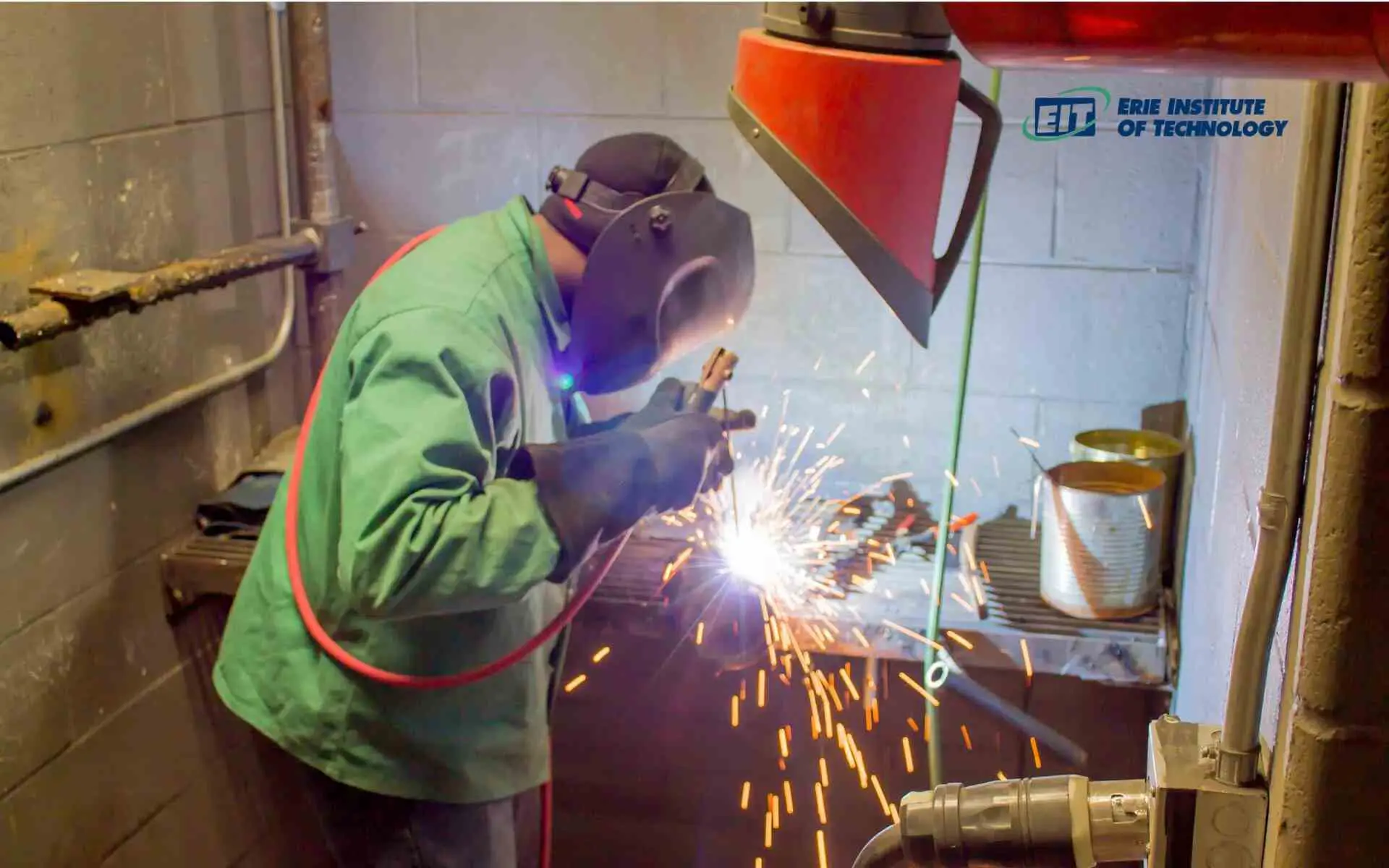Grasping Welding WPS Specifications: Best Practices and Techniques for Top Quality Welds
In the realm of welding, understanding Welding Procedure Spec (WPS) criteria is a vital part that directly affects the top quality and integrity of welds. As we navigate with the ins and outs of welding WPS criteria, discovering vital insights and methods for attaining top-tier welds will be critical for welders looking for to succeed in their craft and produce welds that stand the test of time.
Comprehending Welding WPS Requirements

Examiners rely on WPS paperwork to confirm that welding treatments are being complied with appropriately and that the resulting welds are of high quality. Designers use WPS requirements to design welding procedures that make certain the sturdiness and reliability of welded structures.


Vital Tools for Quality Welds
Understanding welding WPS requirements is vital for welders to successfully use the important devices needed for creating quality welds. Among one of the most vital tools for quality welds is a welding equipment. The sort of welding device required depends upon the welding process being made use of, such as MIG, TIG, or stick welding. Welding helmets are likewise crucial to safeguard the welder's eyes and face from sparks, heat, and UV radiation. Additionally, welding gloves constructed from sturdy and heat-resistant materials guard the hands from burns and injuries. Magnets and clamps assist hold the workpieces with each other securely throughout the welding process, making sure accurate and accurate welds. Wire brushes and breaking hammers are necessary for cleaning the weld joint prior to and after welding to remove any type of impurities that could affect the high quality of the weld. Last but not least, a measuring tape and angle mill serve tools for guaranteeing appropriate alignment and preparing the workpieces for welding.
Trick Methods for Welding Success
To achieve welding success, one should master the essential strategies essential for creating high-grade welds. Maintaining a constant hand and a steady welding setting throughout the procedure is key to accomplishing precision and uniformity in the welds. navigate here By mastering these key strategies, welders can raise the top quality of their work and achieve welding success.
Ensuring Compliance With WPS Requirements

In see here now addition, welders ought to undergo training to familiarize themselves with the WPS criteria appropriate to their work. Normal audits and evaluations ought to be carried out to verify that welding tasks straighten with the suggested WPS guidelines. next Furthermore, keeping thorough documents of welding parameters, tools calibration, and examination results is important for demonstrating compliance with WPS requirements - welding WPS. By vigilantly adhering to WPS standards, welders can guarantee that their work meets the required quality degrees and adds to the total success of the welding job.
Troubleshooting Common Welding Issues
When confronted with common welding issues, determining the origin cause is important for reliable troubleshooting. One prevalent problem is the existence of porosity in welds, usually brought on by pollutants such as oil, corrosion, or dampness. To address this, guaranteeing appropriate cleansing of the base steel prior to welding and making use of the proper shielding gas can substantially minimize porosity. An additional concern regularly run into is absence of fusion, where the weld fails to properly bond with the base product. This can stem from inadequate heat input or improper welding technique. Adjusting parameters such as voltage, wire feed rate, or take a trip rate can assist enhance fusion. Additionally, distortion, splitting, and spatter prevail welding obstacles that can be mitigated with correct joint preparation, consistent heat control, and picking the ideal welding consumables. By extensively recognizing these usual welding concerns and their origin causes, welders can efficiently repair issues and achieve premium welds.
Verdict
Finally, mastering welding WPS requirements requires a detailed understanding of the guidelines, making use of vital tools, and carrying out essential techniques for successful welds. Making certain compliance with WPS criteria is essential for generating quality welds and preventing usual welding issues. By adhering to best methods and strategies, welders can achieve reliable and constant results in their welding projects.
In the world of welding, grasping Welding Treatment Specification (WPS) standards is an important element that straight affects the quality and integrity of welds.When diving right into the world of welding methods, an important facet to comprehend is the value and intricacies of Welding Treatment Requirements (WPS) standards. WPS standards supply an in-depth guideline for welding operations, making certain consistency, quality, and safety in the welding procedure. The type of welding maker required depends on the welding procedure being used, such as MIG, TIG, or stick welding.Accomplishing welding success with the proficiency of crucial strategies necessitates a complete understanding and adherence to Welding Treatment Requirements (WPS) criteria.